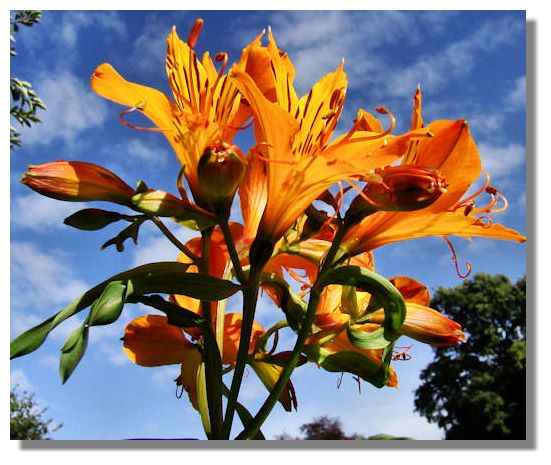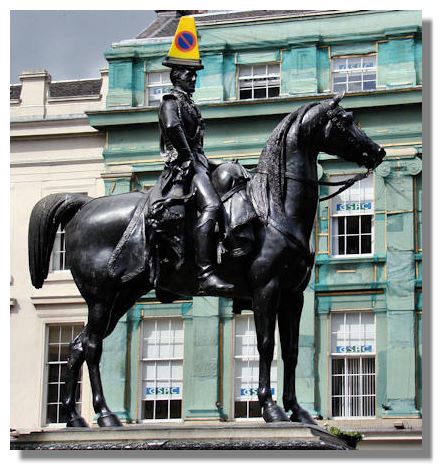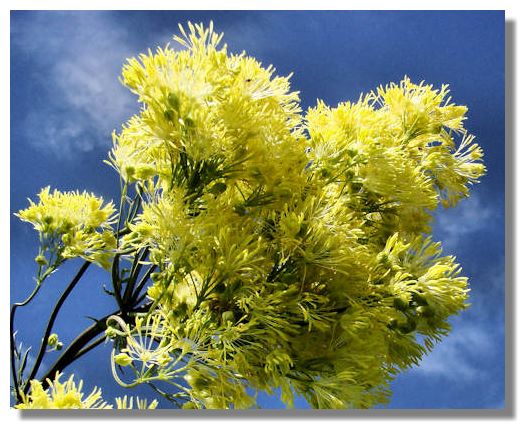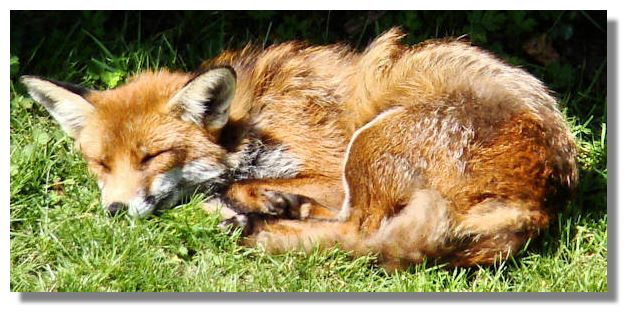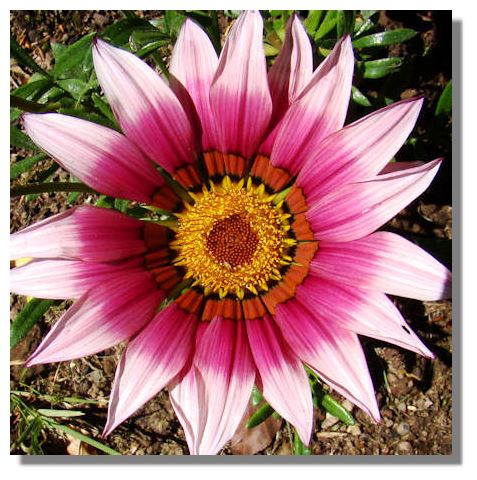The Rampant Scotland Newsletter includes a number of photographs which illustrate the weather and the seasons, plus the flora and fauna of the current week around Scotland. This separate "colour supplement" displays some more pictures, in a larger format. Here is this week's crop of Scottish views!
Alstroemeria (also known as the Peruvian Lily) comes in a variety of attractive, showy flowers. A native of South America, they last well after being cut and so are popular with commercial growers and flower arrangers. These Alstroemeria look particularly striking against the blue sky - one of the few such spells this week!
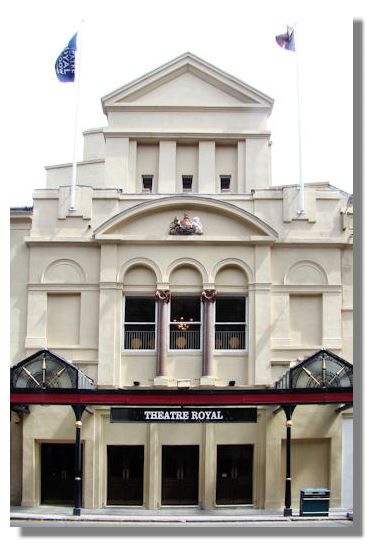
There has been a theatre on the site of the present Theatre Royal in Hope Street in Glasgow since 1867 - it received a Royal charter two years later from Queen Victoria. The original Theatre Royal in the city had been demolished a few years earlier to make way for St Enoch railway station. In 1957 the building became the studios for the new Scottish Television (STV) company. Even so, the auditorium was left largely intact so when STV moved to custom build premises next door, the Theatre Royal reverted to its original use. It was subsequently acquired by Scottish Opera and is home to that company as well as Scottish Ballet. An external refurbishment is currently underway - the section in the photo has been completed.
This statue to the Duke of Wellington, the conqueror of Napoleon at the Battle of Waterloo in 1815, stands imposingly outside the Gallery of Modern Art. Many years ago a prankster placed a traffic cone on his head - and it became an instant landmark. Despite being repeatedly removed, it kept reappearing - and when it was suggested that more strenuous efforts should be made to remove the headgear, even the Lord Provost suggested it should remain as it highlighted the Glaswegian sense of humour... Eventually, however, damage to the statue (and the cost of repair) led to a crackdown. So it was with some surprise that I noticed the return of the traffic cone on my last visit to the city centre.
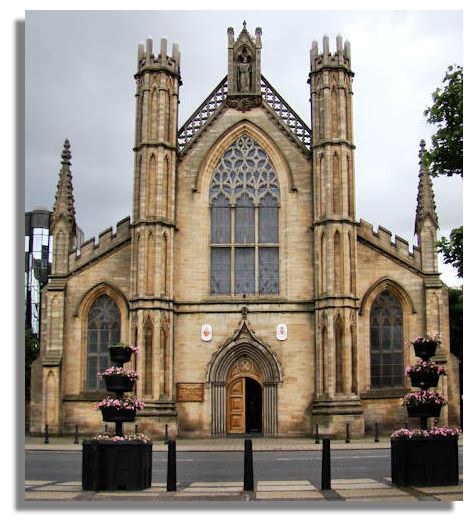
Following the Reformation of the church in Scotland in 1560, Roman Catholic worship in Scotland had to be carried out in secret and technically Catholic places of worship were not permitted until after 1778. The influx of Irish immigrants to Glasgow in the early 19th century (numbers rose from 450 in 1805 to over 3,000 in 1817) led to the building of a major place of worship for them on the north bank of the river Clyde. It was completed in 1817 and designated a cathedral in 1889. The title on the notice board outside the building these days describes it as "The Metropolitan Cathedral Church of Saint Andrew".
Sometimes the camera has to be very low to be able to point up and get flowers silhouetted against the sky. Not so with Thalictrum - the mass of fluffy flowers are often on slender stems up to five feet high.
I shouldn't really be surprised to see a fox in my garden. Urban foxes can be found in many built-up areas, where they scavenge from waste bins - or catch a dozy pigeon. But although they can often be heard at night emitting their barks and screams and can be seen under street lighting trotting along the middle of the road at night, they usually avoid humans. But, not for the first time, this fox likes to have a snooze in the sun on the grass in my back garden. Those ears show, however, that at the slightest sound, it would disappear into the bushes. The photo was taken from behind a window, with a telephoto lens.
The brilliantly coloured Gazanias (also known as Treasure Flower) are natives of South Africa and the blooms are produced freely from mid-summer to mid autumn, particularly if blooms are dead-headed once they start to wither, allowing fresh ones to pop up. Although perennials, they are quite tender plants and will only survive over winter in sheltered positions in milder areas of Britain. Elsewhere, they can be lifted and kept over winter in cool greenhouses.If you want to look back at earlier editions of this Colour Supplement, there is an Index Page
